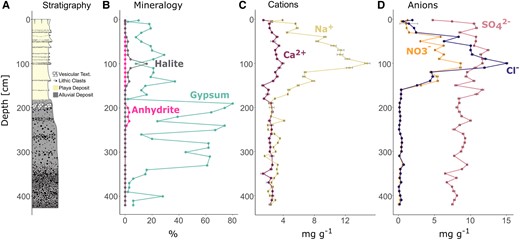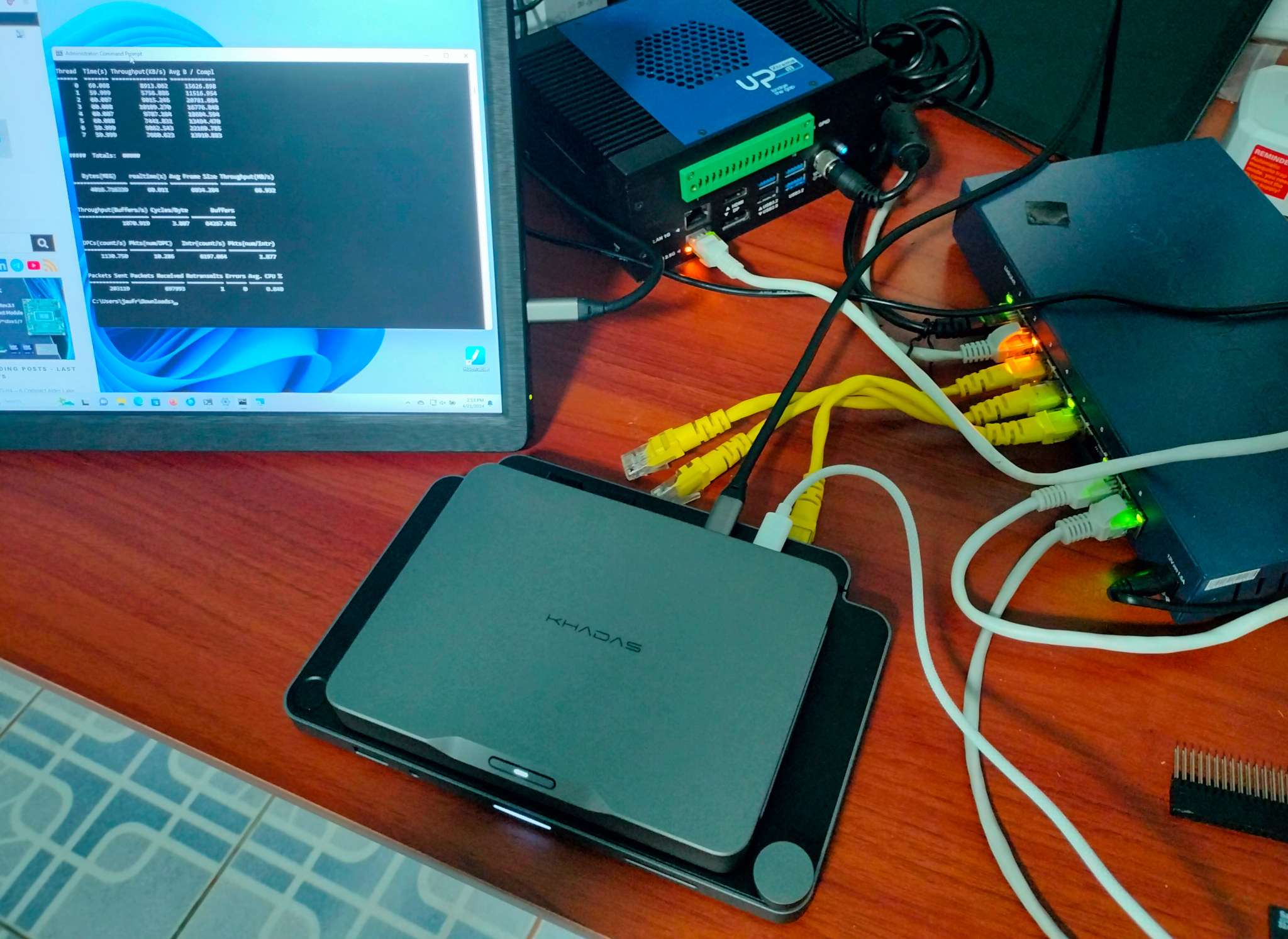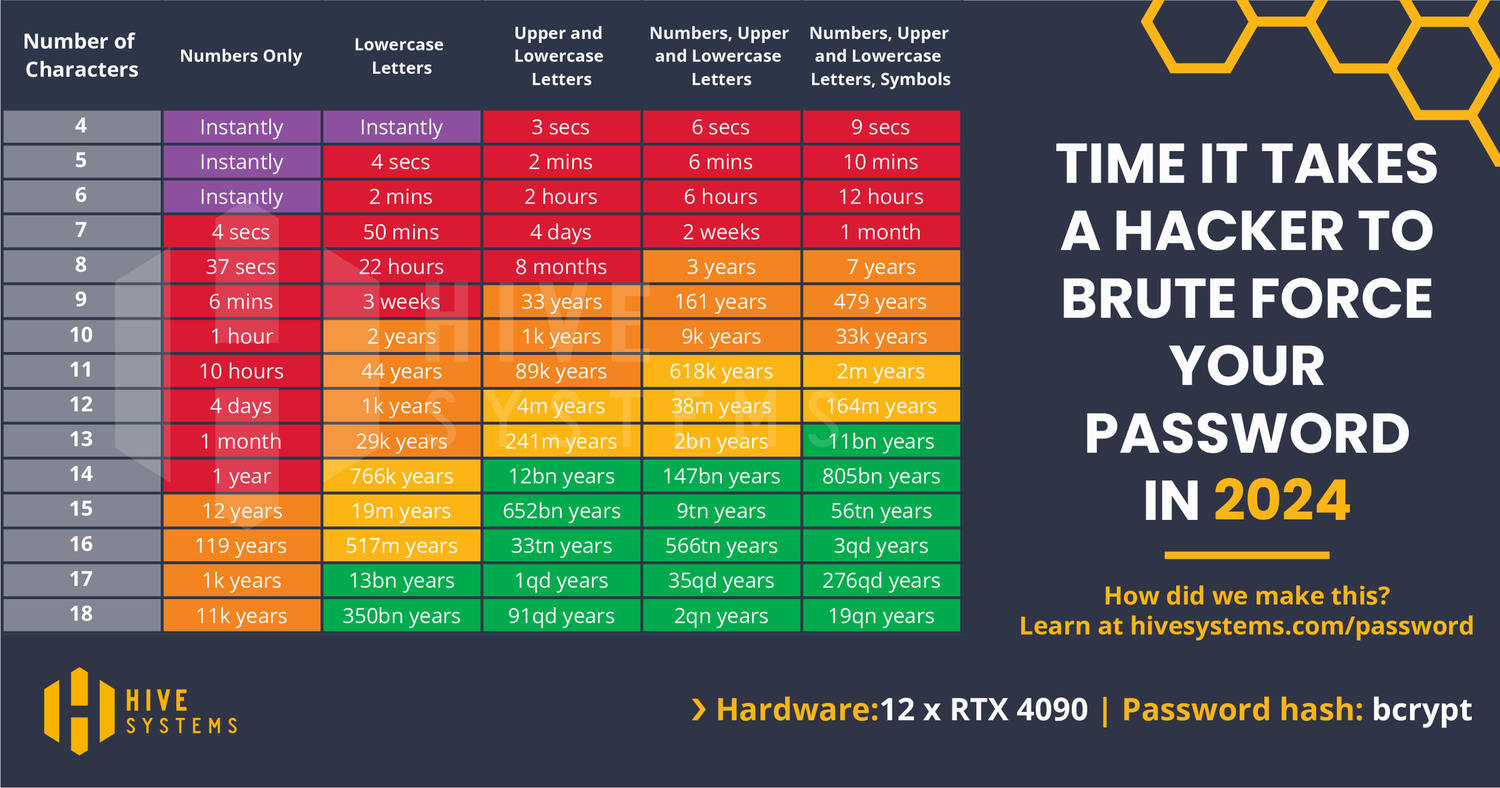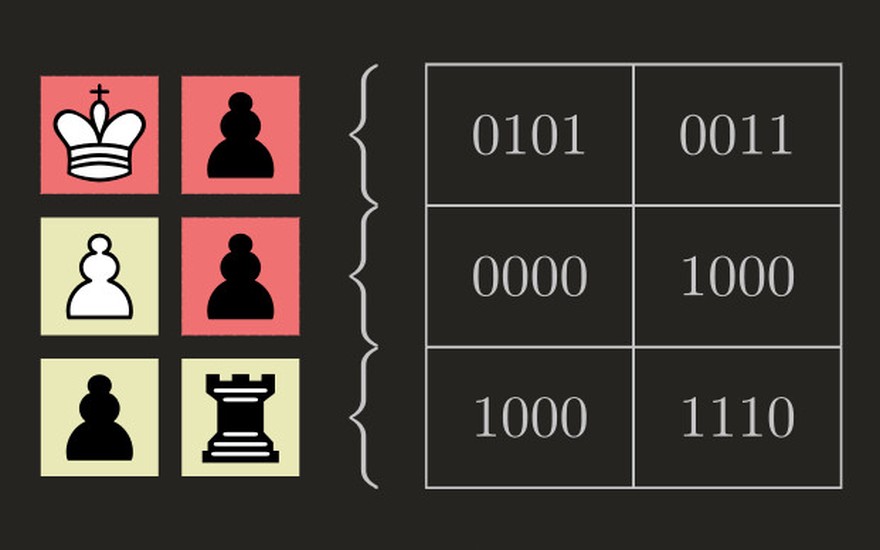
Probably Approximately Correct — a Formal Theory of Learning
In tackling machine learning (and computer science in general) we face some deep philosophical questions. Questions like, “What does it mean to learn?” and, “Can a computer learn?” and, “How do you define simplicity?” and, “Why does Occam’s Razor work? (Why do simple hypotheses do well at modelling reality?)” In a very deep sense, learning theorists take these philosophical questions — or at least aspects of them — give them fleshy mathematical bodies, and then answer them with theorems and proofs. These fleshy bodies might have imperfections or they might only address one small part of a big question, but the more we think about them the closer we get to robust answers and, as a reader of this blog might find relevant, useful applications. But the glamorous big-picture stuff is an important part of the allure of learning theory.
But before we jump too far ahead of ourselves, we need to get through the basics. In this post we’ll develop the basic definitions of the theory of PAC-learning. It will be largely mathematical, but fear not: we’ll mix in a wealth of examples to clarify the austere symbols.











/https%3A%2F%2Ftf-cmsv2-smithsonianmag-media.s3.amazonaws.com%2Ffiler_public%2F32%2F0f%2F320fc4f6-5959-490f-b1f4-a2ac651f394f%2Fgettyimages-128275051.jpeg)







